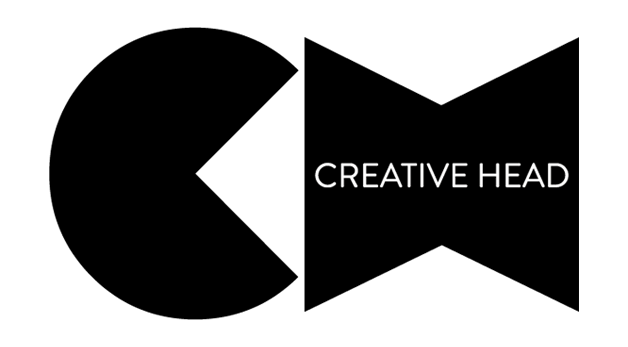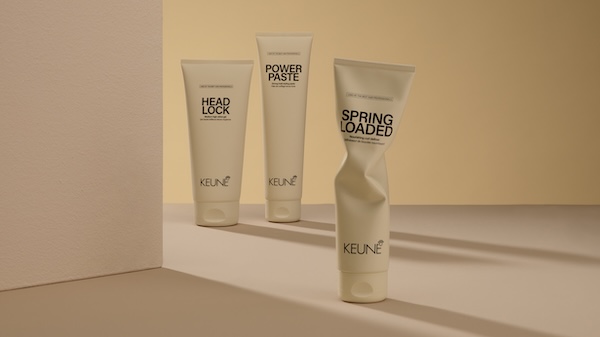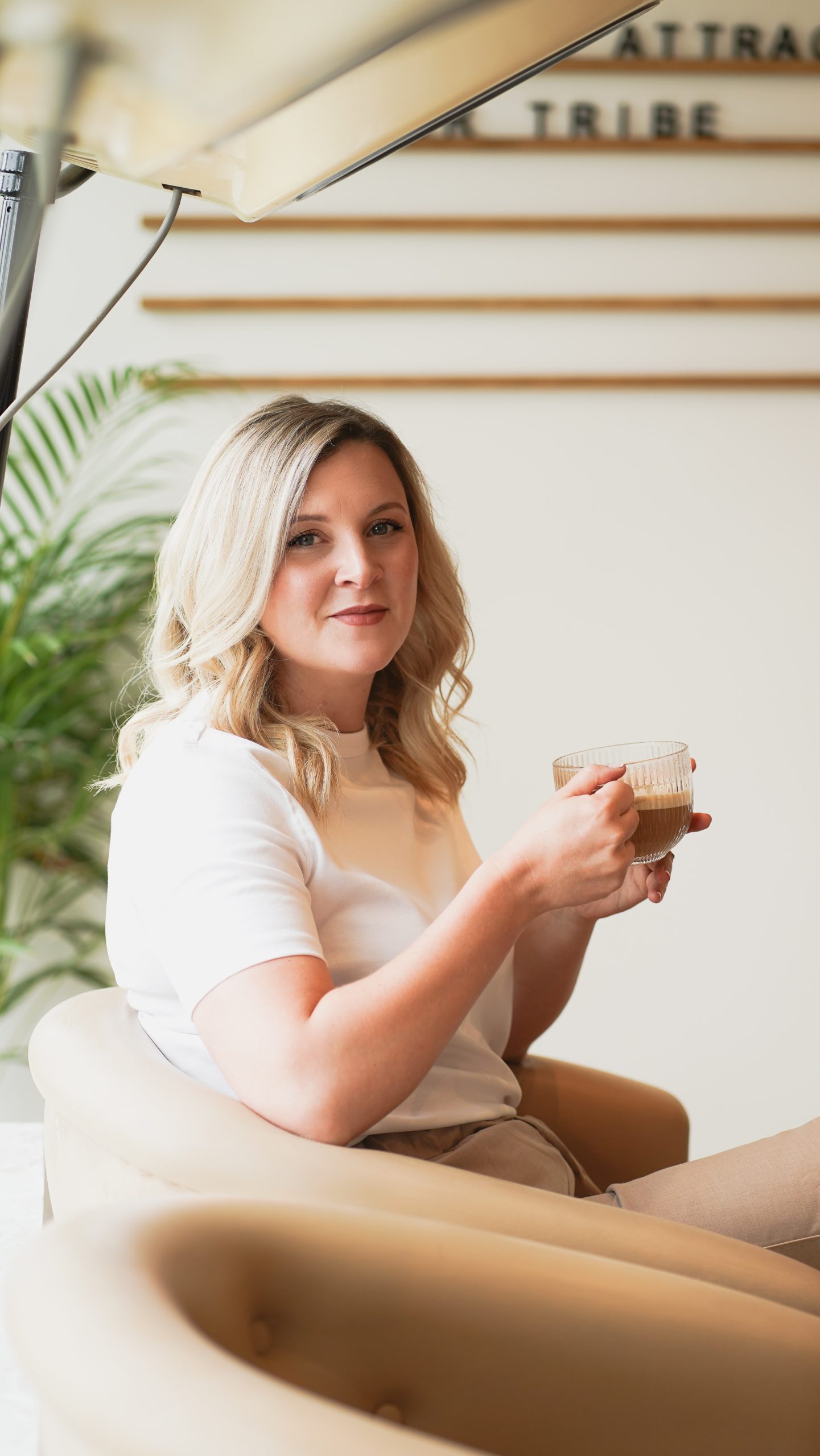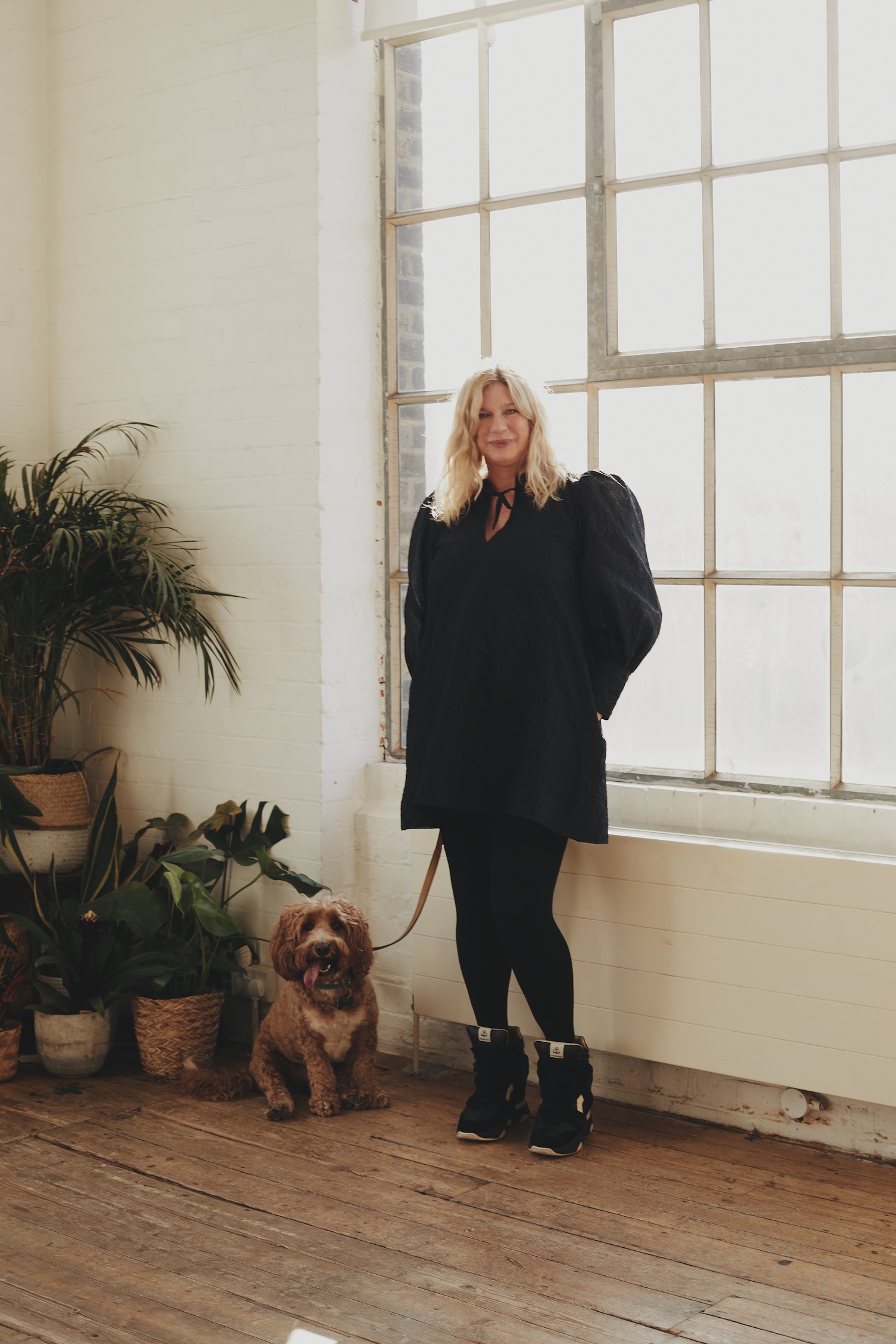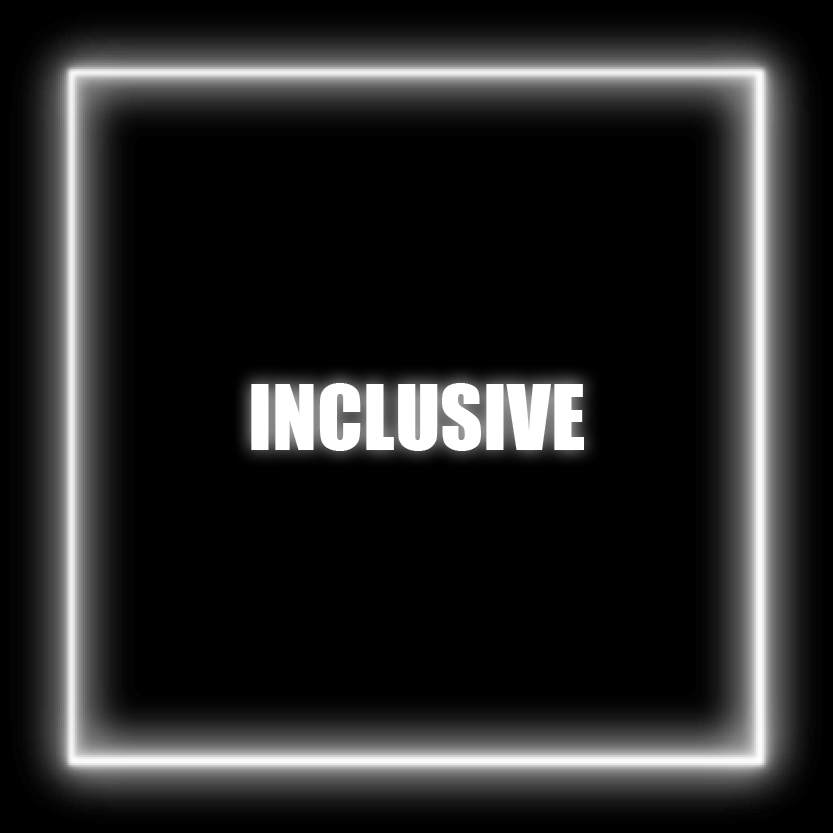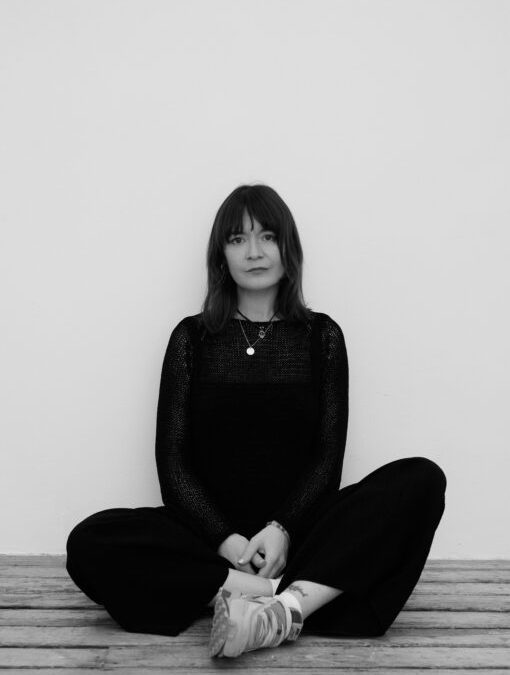
‘At KIT, Everything Is Prescriptive And Tailored To The Individual’ – Inside Karrie Fitz’s Vision For Elevating Hairdressing Talent
‘At KIT, Everything Is Prescriptive And Tailored To The Individual’ – Inside Karrie Fitz’s Vision For Elevating Hairdressing Talent
From behind the chair to elevating global talent, Karrie Fitz of KIT Studios reveals the emotional and strategic alchemy behind building a successful hairdressing career and brand.
by MADDI | DOCUMENTS

For Karrie Fitz, founder of KIT Studios, the journey into the hair industry has been anything but traditional. From starting as a salon assistant in Ireland to leading a forward-thinking agency that reshapes how hair professionals approach business, Karrie’s career has been defined by creativity, adaptability and a drive to elevate the craft.
“Hair was always my path,” Karrie explains. Growing up in a household surrounded by creativity – her parents ran a garden centre – Karrie was drawn to hands-on work. ‘It wasn’t so much why hair but rather, what else could I have done? Hair was a natural fit.’
With the encouragement of her mother, Karrie wrote a CV and landed a job at Hugh Campbell Hair Group in Ireland. “I loved it so much,” she recalls. “But after 10 years, I realised being behind the chair wasn’t for me. At 25, I wanted to do something different – not out of hair, but not doing hair in the traditional sense.”
In search of inspiration, Karrie took a trip to London with a friend. “We were walking around Notting Hill, popping into vintage shops and I suddenly thought, ‘I’m moving here.’ A month later, I was in London.”
Karrie’s first role in London was with Rush Hair, where she earned accolades like Newcomer of the Year and a spot on the junior art team. Yet, something still didn’t feel right. “I thought moving to London meant I’d be doing shows and Fashion Week, but it was still five days behind the chair. It wasn’t the change I was looking for.”

@kitstudios on Instagram

After a year and a half, Karrie left Rush to go freelance, assisting on music videos and editorial shoots. “I entered a competition with Rankin and created some of my proudest work. But even then, I knew I wasn’t quite where I wanted to be.”
A chance opportunity at L’Oréal marked a turning point. Initially freelancing as an educator, Karrie transitioned into a full-time role after six months. “Moving into the corporate world was worlds apart from salon life. I struggled with presenting myself in a corporate way. But with the right mentorship, I found my footing and started to thrive.”
Karrie’s creative instincts quickly found a new outlet in digital strategy. While working on L’Oréal Professionnel Paris’ Instagram account, she noticed a gap in the content. “The page was very consumer-focused, but we were talking to hairdressers. I wanted to showcase the amazing work happening in our academy every day.”
To address this, Karrie launched L’Oréal Professionnel Paris Education UK on Instagram – a bold move that grew the page by 30,000 followers in just six months. “That was a real pivot point for me. It showed me the potential of digital platforms in connecting with hairdressers and elevating their work.”
After five years at L’Oréal, Karrie moved to Hamburg to work with Schwarzkopf Professional. “Working on a global scale was amazing. I collaborated with incredible talent like Paddy McDougall and Andy Smith and led projects like Essential Looks and Indola’s Street Style collections.’
Despite the professional success, Karrie felt isolated in Germany. “I didn’t speak German, and I was quite lonely. So, I decided to return to London.”
Back in London, Karrie collaborated closely with Jack Howard, helping him grow his digital profile. “We worked on fine-tuning his content to go viral while adding real value for his audience. It was such a buzz to see the results – thousands of new followers, millions of views. It was success after success.”
The momentum led to the creation of KIT Studios in 2021. “I wanted to build something that truly supported hair talent and brands, helping them grow their profiles and achieve their goals. At KIT, everything is prescriptive and tailored to the individual. It’s about mentoring and strategising in a way that’s unique to each client.”
Karrie emphasises the emotional aspect of the work. “A lot of what we do is addressing emotional blockers. Whether it’s fear, limiting beliefs or confidence issues, we sit with those and help people move forward. Growth often comes from discomfort and that’s where the magic happens.”
KIT Studios has since expanded into consumer PR and content production, with plans for further growth. “We want to elevate the industry by thinking outside of it. Our team works to create fresh, exciting opportunities for our clients, whether that’s through PR, events or digital strategy.”
Looking ahead, Karrie is developing a digital platform to serve hair professionals at all stages of their careers. “It’s a one-stop destination for hairdressers worldwide. Whether you’re looking to collaborate, find freelance work, or simply grow your profile, this platform will be for you.”
Reflecting on her journey, Karrie shares, “I’ve been told before that the most valuable person on your team is the one who doesn’t always agree with you. At KIT, we’re not afraid to have honest conversations, even when they’re uncomfortable. That’s where real growth happens – for us and our clients.”
From her early days in Ireland to the launch of KIT Studios, Karrie Fitz has remained committed to elevating the hair industry, one connection at a time. “It’s about creating spaces where people can thrive, both creatively and professionally. That’s what keeps me excited and inspired every day.”
